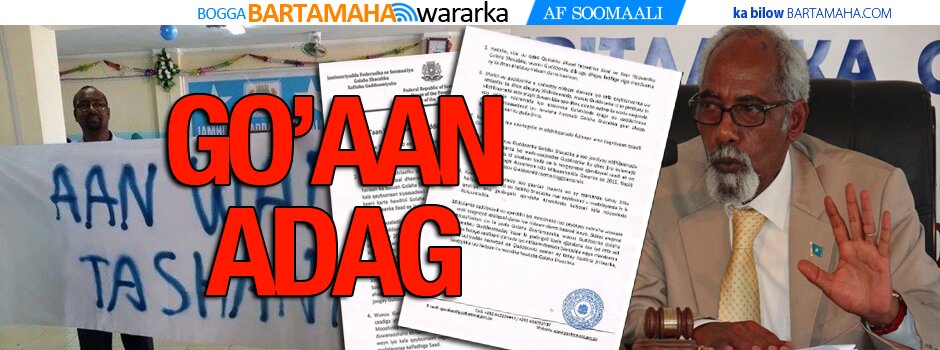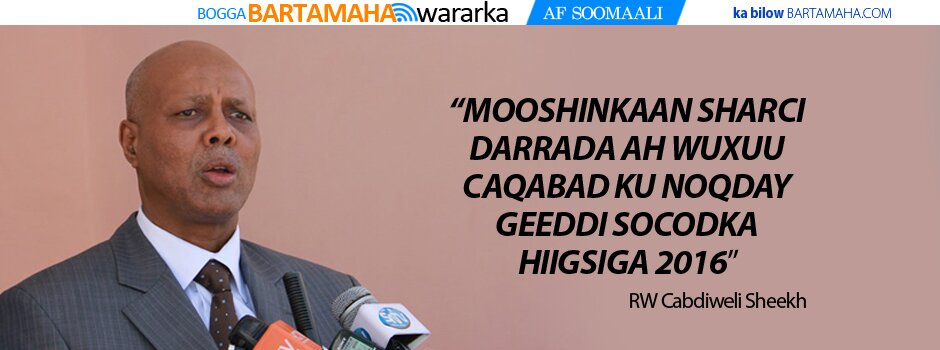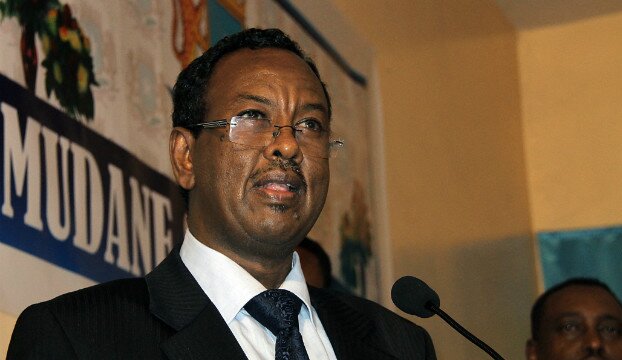Augsburg reaches out to Somali neighbors
Â
![]() By JENNA ROSS, Star Tribune — Augsburg has long reached out to the immigrants in its midst, and, as Somali children reach college age, they’re enrolling close to home.
By JENNA ROSS, Star Tribune — Augsburg has long reached out to the immigrants in its midst, and, as Somali children reach college age, they’re enrolling close to home.
Not so long ago, Fadli Mohamed would not have fit the mold of typical Augsburg College students: She’s no white Lutheran kid from the suburbs.
But change has come rapidly to the small, 140-year-old Lutheran college that shares its Minneapolis Cedar-Riverside neighborhood with the highest concentration of Somali people in the United States.
For years Augsburg has reached out to its immigrant Muslim neighbors, helping to care for their infants, tutor their high school students and feed their elderly as part of the college’s service learning program.
Now children from those Somali families, people like Mohamed, are increasingly enrolling at Augsburg, rising from a handful three years ago to more than 30 this year. It’s still a small fraction of the 1,900 daytime undergraduates, but they’re a notable presence among those lending a hand to the neighborhood.
“It gives a different face to the college’s volunteerism and service,” said Mohamed Sallam, director of the college’s Pan-Afrikan Center. “These are students who may or may not come from this neighborhood but feel connected to it through ethnic and religious identity. They are products of the community and they’re giving back in such a way where members of the community can feel very proud.”
Students volunteer in the neighborhood, but they study there, too. A journalism class interviewed people from different backgrounds to create a cookbook called “The Taste of Cedar-Riverside.”
Mary Laurel True, associate director for the college’s Center for Service, Work and Learning, said the program is not an add-on. “The whole idea of service learning is that it’s integrated into the classroom, into everything we do.”
Augsburg undergraduates are required to take two religion courses, and in studying Islam, they hear about the faith from people who practice it, often visiting one of the four mosques within blocks of the school.
Â
“Here we are, this Lutheran institution, and yet we have this rare gift to experience — not just read about, but experience — other people’s faith,” said Paul Pribbenow, the college’s president since 2006.
After being greeted by imams at the mosque, students take off their shoes, enter and observe people praying, said assistant Prof. Jeremy Myers. His introductory religion course is called “Christian Vocation and the Search for Meaning,” but he’s hoping to add “in Cedar-Riverside” to its title.
There, students “experience hospitality,” Myers said. “Especially in the last eight years — and even within the last few months — it’s important that they learn what Islam is and what it’s not. It’s important that people see the truth or a different side of the truth.”
Embracing the city
Augsburg College was founded as a Lutheran seminary in rural Wisconsin in 1869 and relocated three years later to Minneapolis. Early in the 20th century, the school “embraced the community and saw Minneapolis as a place of opportunity and service,” a chapter on Augsburg in a 1998 book titled “Successful Service-Learning Programs” recounts.
However, the school also has a long history of “organized efforts … to move to the suburbs for ‘more room and fresh air … more desirable locations,’” according to the text.
That tension occasionally resurfaced over time.
“If you go back even 10 years ago and look at some of Augsburg’s admissions materials, they often talked about this college as an oasis in the city,” Pribbenow said. “And I think what has shifted is that now we’re saying, we are no oasis. This is it. This is the city. We are the city.”
The makeup of the college’s incoming class has changed substantially since 2005:
Then, students of color made up 10.7 percent of the incoming class; last fall it was 17.9 percent. In 2005, the college tended to attract students from the suburbs; in 2008, the greatest number of incoming students came from Minneapolis high schools Henry and Roosevelt. The number of students who list their religion as Lutheran has dropped over that time, while the number of those who listed a religion other than Lutheran or Catholic has grown.
The appeal of Augsburg
Â
Somali students come to Augsburg for the same reasons as any other students: Small classes, an urban setting, a focus on community service.
As a high school senior, Fadli Mohamed had her college choices ranked, with Augsburg in second place. Then she happened to meet Augsburg students who were tutoring her neighbors in English.
“They were so friendly,” said Mohamed, now 19. “Seeing people from the school doing something positive where you live — it made a huge difference.”
The number of Somali and Muslim student groups and services has grown along with the students. There’s the Pan-Afrikan center and student union — which brings together African and African-American students — as well as the newly-founded Muslim Student Association.
One of the students who helped start that group, Ahmednur Ali, was shot to death last fall on his first day volunteering at the Brian Coyle Community Center in Cedar-Riverside. The 16-year-old charged in his death reportedly shot him because Ali wouldn’t let him play basketball. Ali was the first Augsburg student to be fatally shot in the college’s history. In some ways, his passing brought the Augsburg and Somali communities closer, several students and leaders said.
People with the college talk about how Sallam and other Muslims helped fashion Ali’s memorial service so that it was reflective of Islamic traditions.
People with Somali organizations talk about how, despite some trepidation, students continued to volunteer. About how President Pribbenow was ever-present during that time.
“He came and said condolences to the father and the family,” said Saeed Fahia, executive director of the Confederation of Somali Community in Minnesota. “That’s significant. That shows the kind of neighbors they are.”
Jenna Ross • 612-673-7168
Comments
comments
 Calendar
Calendar





































